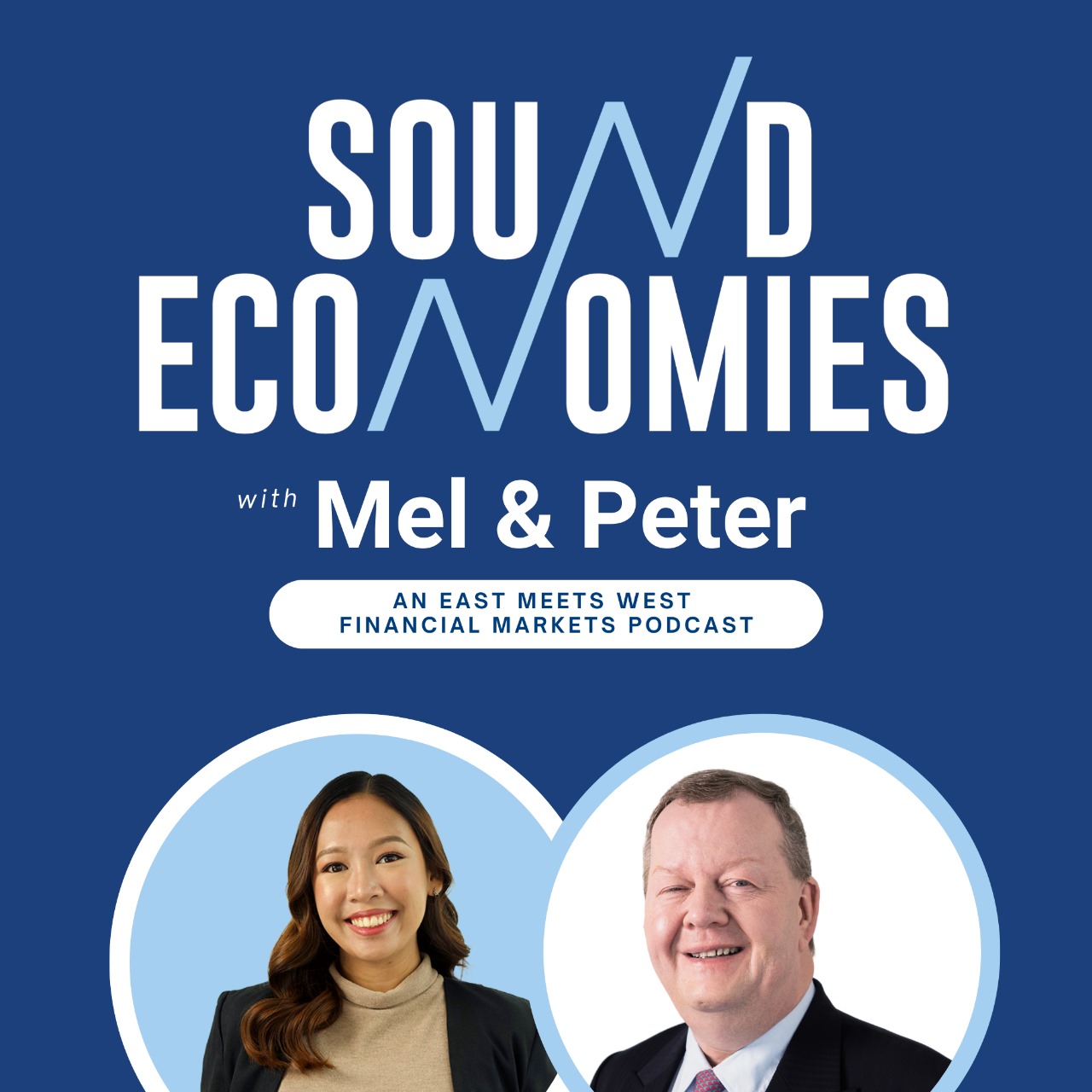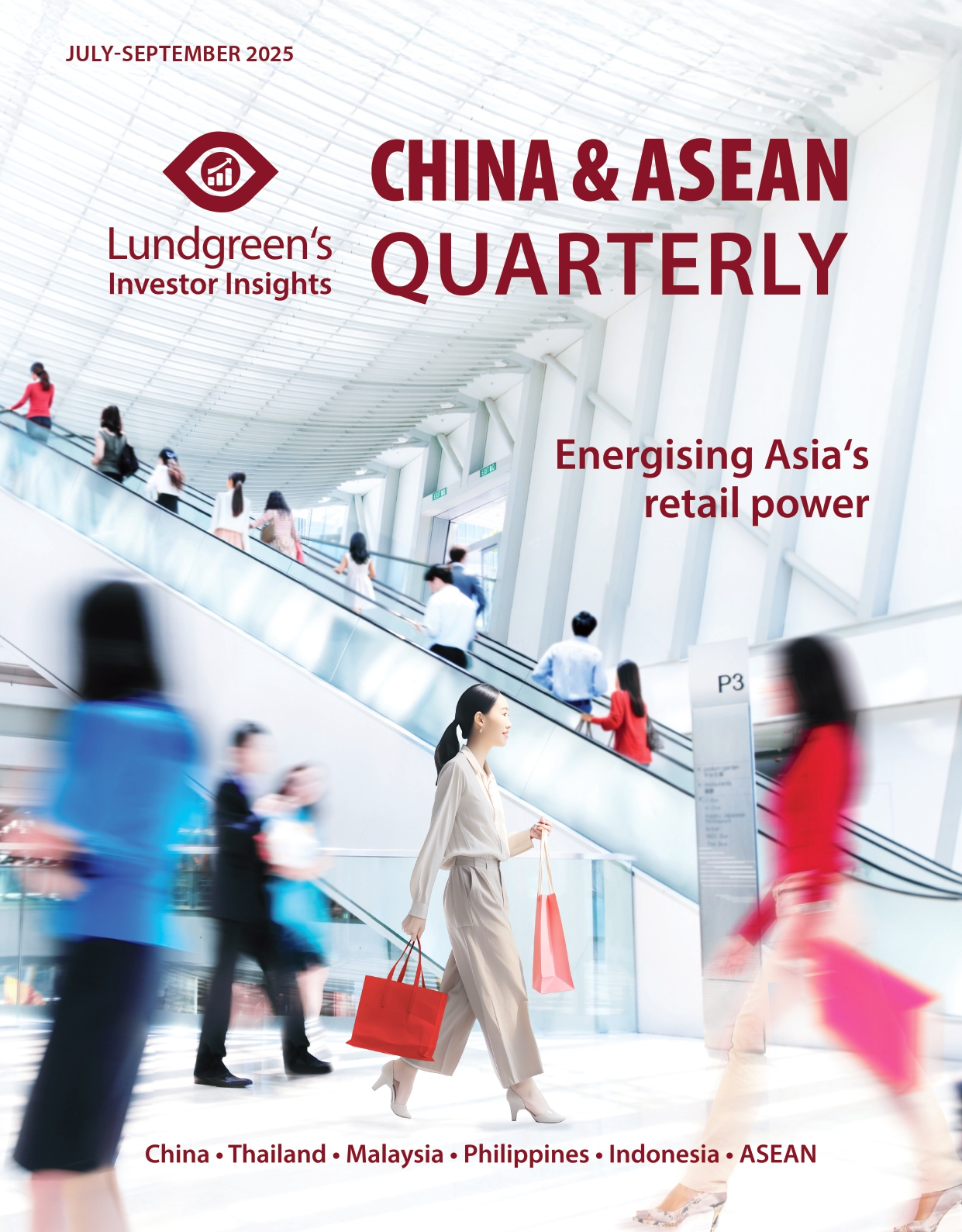A breakthrough for Indian bonds
Exciting times are ahead for India’s bond market as it made it to the bond indices of JPMorgan and Bloomberg for emerging market economies in 2024, virtually a global pat on the back that would raise yields on debt securities issued by the central government.
This strong vote of confidence will most likely result in greater foreign investment inflows to the South Asian economy which is currently grappling with elevated inflation, declining export volumes, and a weak agriculture sector.
India, which displaced China as the world’s most populous nation with over 1.4 billion people, needs access to greater funding now more than ever with more mouths to feed.
The timing is opportune as global investors are likely to return to developing Asia in search of more competitive yields now that the US Federal Reserve has begun undoing the series of rate hikes it introduced beginning in 2022. These dollars will find Indian bonds a good buy, especially in the face of increased volatility in the Chinese markets.
Party spoiled?
India’s celebration, however, appears to be short-lived as government bonds saw a yield curve inversion at the start of 2024. It bears noting that there have been episodes wherein returns on 52-week notes exceeded yields on 10-year papers, although spreads have been wider in the first quarter.
Short-term securities briefly breached the yields offered by longer tenors between March to June, and from October of last year. However, as seen in Graph 1, returns on short-term notes have risen above the benchmark 10-year tenor in February-April 2024, and again in June before normalizing the following month. India’s Treasury managed to reduce the supply of short-term notes and undo the inversion and drive the yields for long-term bonds higher.

An inverted yield curve is a manifestation of negative market sentiment. In some instances, it is perceived as an indicator of a looming recession. As investors grow more risk averse, they prefer shorter tenors rather than leave their money locked in for years, which raises the demand and therefore the price of short-term bonds.
What is behind these jitters? Headline inflation has decelerated from a peak of 7.44 per cent in July 2023 to 3.65 per cent in August but has again picked up to 5.48 per cent in November; the trade deficit has narrowed, and quarterly GDP growth has been decelerating from the above-8 per cent pace seen in 2023.
Investors are largely concerned about India’s ballooning debt burden – typical of a developing economy that had to grapple with the economic shock caused by the COVID-19 pandemic. The International Monetary Fund (IMF) has warned about India’s debt-to-GDP ratio, saying that fiscal buffers should be rebuilt to solidify confidence in their economy. India’s peers appear on track to outgrow their debt in the next few years, as evidenced by declining debt-to-GDP ratios, but India’s pace appears to be slower.
Ironically, India is piling up its debt to finance additional public infrastructure and other development projects – items identified to be barriers to additional foreign direct investments (FDIs). India’s Finance Secretary TV Somanathan said they will scale down on borrowing activities to reduce interest rate costs, especially at a time of a stronger US dollar that is making outstanding loan payments more expensive.
Another spoiler in terms of attracting capital flows would be limits set by the Securities and Exchange Board of India (SEBI) for big-ticket withdrawals of placements of mutual fund companies from small-cap stocks. The SEBI imposed the rule in late February to prevent what some predict would be an imminent crash in asset prices – which, if it happens, would leave fund managers and investors with huge losses. Investments in small and mid-cap stocks are typically attractive due to higher returns, but these come with high risks as well.
More investments needed
India needs even more private investments to accelerate economic growth and FDIs can provide a substantial push. However, foreign investment inflows have been declining since 2021 (and reversed two straight years of net FDI outflows) due to a huge infrastructure gap as well as strict domestic policies and inconsistent regulations governing FDIs.
Launched in 2014, Prime Minister Narendra Modi’s “Make in India”, a campaign to further develop the manufacturing sector by introducing reforms to improve the ease of doing business in the country, saw initial gains but has petered out. As seen in Graph 2, inbound investments have increased but are often matched by an equal or greater amount of capital flight. This is due to the initial progress in cutting the bureaucratic red tape being partially reversed with a recent requirement for government approval of inbound investments from neighbouring economies.

Global economic conditions remain largely uncertain as well, pushing market players to invest in haven economies like the US where returns remain high. Outbound investments from China were not captured by India either, at least not to the extent the country expected, as the economy still lacks the logistics, technology, and capital to accommodate the influx of more factories, products, and workers.
How then should investors view India’s government-issued bonds? Despite periods of an inverted yield curve, returns on long-term notes remain a good investment given the country’s particularly strong growth potential. With the US Fed committed to its rate cutting cycle, yields will again be higher in developing economies like India.
Further, India is on track to remain a solid growth leader for years to come. The World Bank projects the Indian economy to grow by 7 per cent in 2024-2025, a highly respectable pace considering India is the world’s fifth largest economy. This should assure investors that it can continue to participate and profit from India’s robust economic expansion through the bond market.
This original article has been produced in-house for Lundgreen’s Investor Insights by on-the-ground contributors of the region. The insight provided is informed with accurate data from reliable sources and has gone through various processes to ensure that the information upholds the integrity and values of the Lundgreen’s brand.







